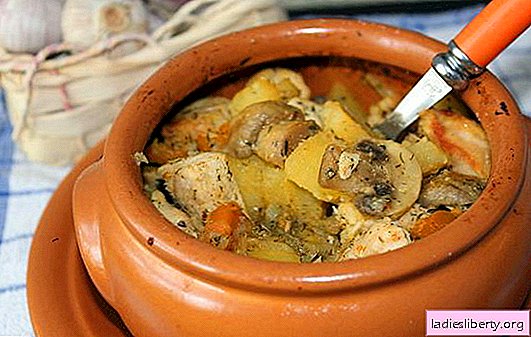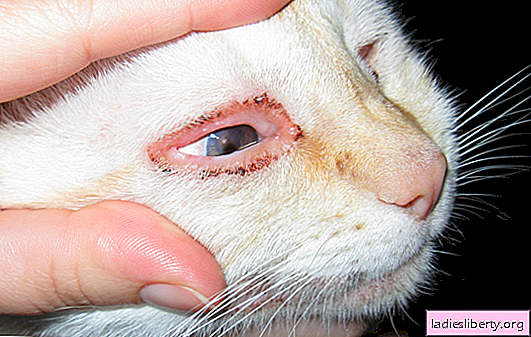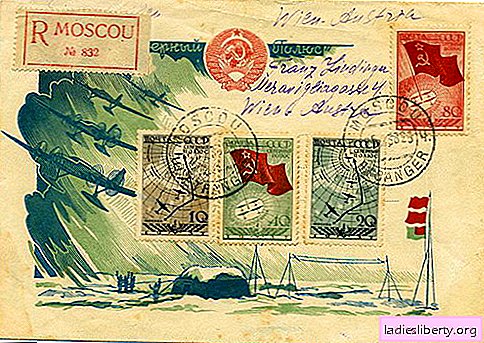
Muscle inflammation or myositis is a condition in which painful nodules form in the muscle fibers.
As a rule, this disease is chronic. Consider in more detail the causes of muscle inflammation and methods of treating this ailment.
Causes of Muscle Inflammation
Myositis can develop for a variety of reasons. Typically, its appearance is provoked by such factors:
1. Various toxic effects on humans.
2. Earlier injuries.
3. Parasitic infections.
4. Various infectious diseases in the body.
5. Acute respiratory infections (flu or SARS).
6. The so-called "occupational diseases". This may be such work, which involves a long stay in one position. For example, cameramen, drivers and musicians are forced to sit for several hours and not engage the movements of their lower body. This leads to muscle stasis, cramps and, as a result, muscle inflammation.
7. Subcooling.
8. Infections in an open wound can also cause myositis.
Muscle inflammation: causes and forms of the disease
There are two main forms of myositis: acute and chronic. Each of them has its own flow characteristics.
The acute form of myositis is accompanied by pronounced symptoms. The exact opposite of it is a chronic form of the disease, which is characterized by periodic outbreaks of pain.
In addition, myositis has two varieties: polymyositis and dermatomyositis.
1. Polymyositis characterized by damage to several muscle groups at once. In this condition, a person will suffer from weakness and aches in the body, malaise, pain. Sometimes the pain syndrome will be so strong that the patient will not even be able to climb the stairs or walk a long distance on his own.
The main problem of polymyositis is considered to be that in this condition a person’s muscles atrophy very quickly (due to lack of physical activity), which further complicates the course of the disease. Moreover, in the absence of treatment, polymyositis can cause joint swelling, circulatory disorders and even arthritis.
The good news is that with treatment started on time, this kind of myositis quickly recedes, not having time to go into a chronic form.
2. Dermatomyositis usually observed in middle-aged women. The main reason for the development of this pathology has not yet been identified. Presumably, dermatomyositis provokes a virus, hypothermia, acute respiratory illness or a hereditary predisposition of a person.
With dermatomyositis, the patient is severely affected by the upper skin on the trunk, face and outside of the hands. In this case, the rash will have a pronounced red tint.
In the acute form, dermatomyositis is accompanied by fever, malaise and the appearance of muscle weakness.
In addition, depending on the location of the disease, there are:
1. Myositis of the neck.
2. Myositis of the back.
3. Myositis of the hips, etc.
The most dangerous is myositis of the neck.
Muscle inflammation: symptoms and signs
Muscle inflammation has the following features and symptoms:
1. For acute myositis, aching pain is inherent, which gradually increases and intensifies with physical exertion. In this case, the patient in the affected muscle groups will feel small nodules that cause pain.
2. Swelling and swelling of the affected muscles.
3. Weakness and malaise.
4. An increase in body temperature.
5. Chills.
6. Tension in the muscles and spasm can be observed with purulent myositis.
7. Hyperemia of the skin in the area of inflamed muscle.
8. The appearance of a rash is characteristic of one of the forms of myositis - dermatomyositis.
9. Stiffness in movements.
10. Pain in the muscles, which increases with changing weather or prolonged stay in one position.
11. A feeling of stagnation of muscles in the morning.
Muscle inflammation: treatment methods
Traditional therapy for myositis is aimed at:
• elimination of the inflammatory process;
• removal of acute pain;
• lowering the elevated temperature;
• relieving muscle tension;
• improvement of blood circulation and lymph flow;
• elimination of muscle hypertonicity.
In addition, treatment in this condition is selected individually for each patient, depending on the cause of myositis and the general condition of the patient.
Drug treatment involves the following:
1. The patient must be prescribed anti-inflammatory oral drugs. Most often, such drugs as Orthofen, Analgin and Diclofenac are used for this purpose. They will help not only relieve pain, but also lower body temperature, relieve inflammation.
2. If the disease provoked an infection, then antibiotics are prescribed to the patient. They should be taken from five to ten days.
3. With a parasitic form of myositis, anthelmintic drugs are prescribed. In this case, the course of treatment should be very long (1-2 months and further preventive therapy).
4. For severe pain and muscle spasms, antispasmodics (No-shpa) are used.
5. In infectious myositis and respiratory diseases, a person must definitely eliminate this focus of the disease. To do this, he is prescribed antiviral drugs and mucolytics.
6. If the patient has a purulent form of myositis, then in addition to antibiotic treatment, it is advisable for him to open the affected muscle and clean out the pus from there. At the same time, drainage can also be installed in the wound (a tube through which a purulent secret will flow).
It is important to know, that if pus is not eliminated from the inflamed muscle, then it can provoke infection and an abscess.
7. If myositis is extensive and leaks for a long time, then it will cause severe intoxication of the body. For this reason, a person is prescribed intravenous administration of cardiac drugs, potassium, vitamin and immunomodulators.
8. Local treatment involves the use of ointments based on snake and bee venom (Apizartron or Viprosal). Other ointments with an anti-inflammatory effect can also be used.
Muscle inflammation: features of treatment and prevention
After drug treatment, the patient is prescribed physiotherapy. It provides for the following procedures:
1. UHF therapy.
2. Magnetotherapy.
3. Phototherapy.
4. Electrophoresis.
5. Amplipulse.
6. Phonophoresis.
7. Acupuncture.
8. Acupressure massage.
9. Vacuum therapy.
Separately, it is worth mentioning the treatment with massage. It must be performed by a professional. Doing massage is stirred after eliminating the acute inflammatory process in the muscles.
The traditional course of such treatment is 10 sessions. After this, you need to take a break and conduct 1-2 maintenance sessions every two weeks.
During treatment, the patient should adhere to such doctor's recommendations:
1. Rewind the diseased limb with an elastic bandage to normalize blood circulation.
2. Limit physical activity.
3. It is advisable to move with a cane to slightly relieve pain and strain on the legs.
4. Take calcium and vitamin complexes.
5. Avoid stress and nervous strain.
Fortunately, a disease like myositis can be prevented. To do this, just follow these recommendations:
1. Dress for the weather and avoid hypothermia.
2. Timely treat various viral or infectious diseases and prevent them from starting.
3. Regularly carry out preventive antiparasitic therapy.
4. During sedentary work, find five minutes to warm up the body and light exercises, which must be done at least every hour.
5. When the first signs of muscle inflammation appear, immediately consult a doctor to prevent the transition of the disease into a chronic form (then myositis is much longer and more difficult to treat).
6. Lead a healthy lifestyle and eat well so that bone and muscle tissue can receive all the necessary useful substances and trace elements.
7. Maintain immunity. To do this, it is advisable to abandon bad habits (smoking, drinking alcohol) and play sports. It is best to do swimming, jogging, fitness or yoga.
8. Do not self-medicate, since myositis is considered to be a rather complicated disease, which is very difficult to cure without taking medications.











